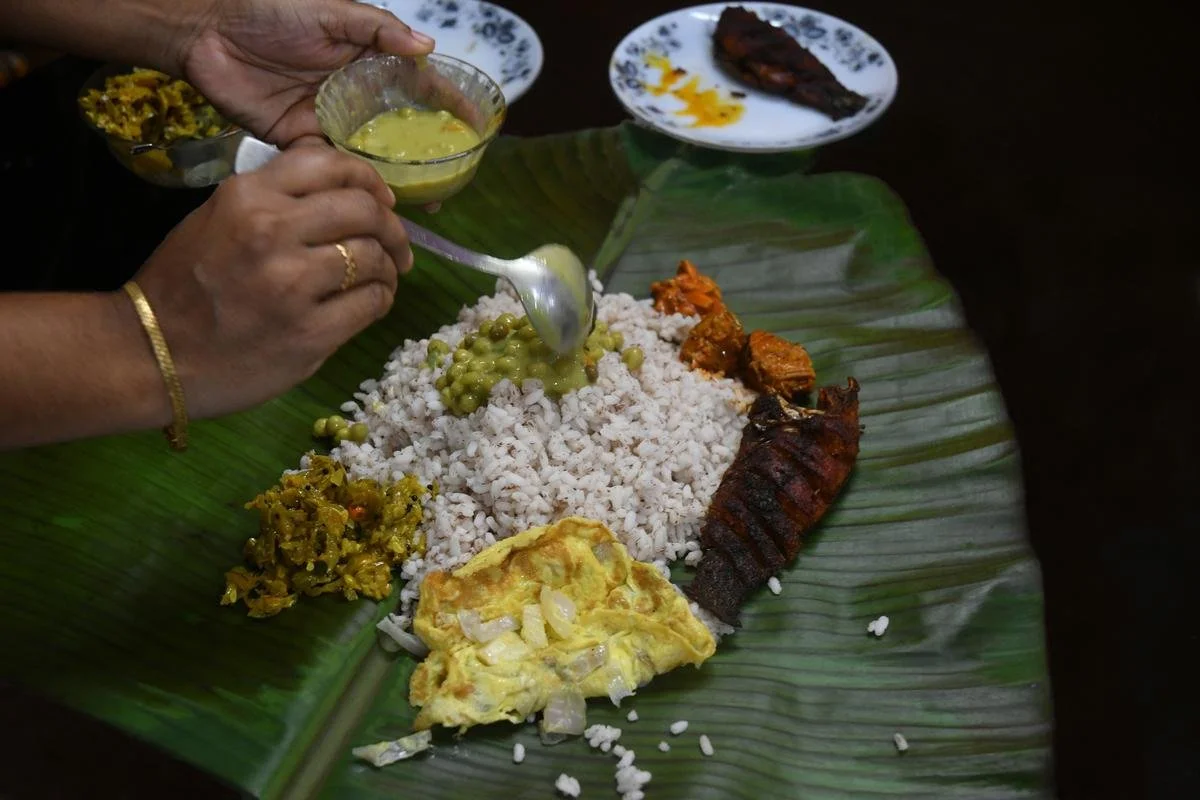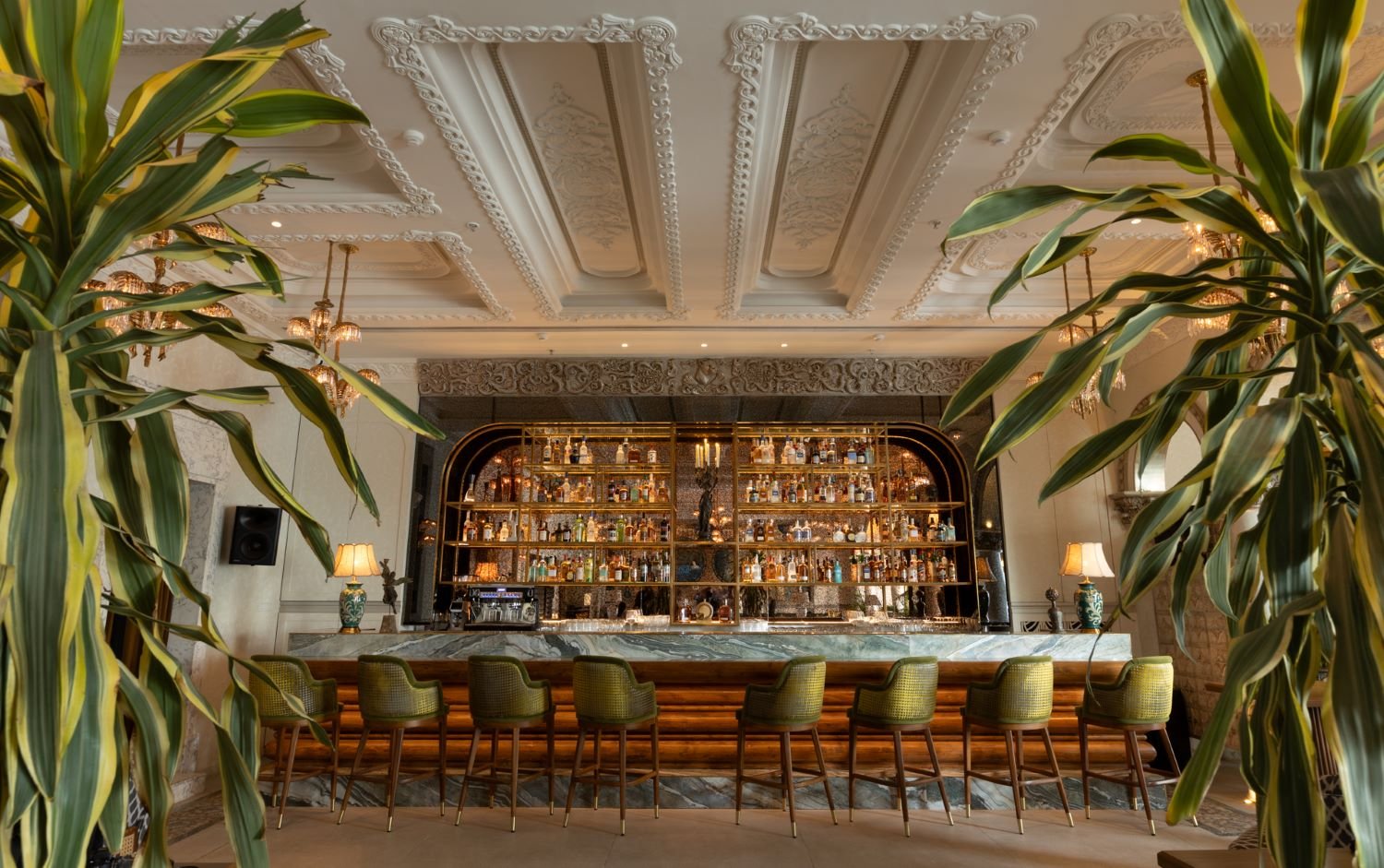A Beginner's Guide to the Lost Cuisine of Capital City

The capital’s cuisine was once an amalgamation of what conquerors, rulers, and immigrants brought to the city. Over the years, these have been relegated to back alleys and hidden corners of the city. Garima Bakshi takes us on a tour of the city’s back alleys, serving the most unexpected delicacies.
Delhi is a city as layered with cuisines as it is with history. It’s been razed and rebuilt more times than history has been able to track; each time rebuilt with another layer of culture, cuisine and flavour.
On the surface, there is food that is almost synonymous with the city: butter chicken, chhole-kulche, paneer makhni, and tikkas. But as you begin peeling back the layers, there are a host of delicacies with unique flavour profiles just waiting to be (re)discovered.
Much like today, the Delhi of yesteryear was also a melting pot of recipes from across the world — its cuisine was an amalgamations of what conquerors, rulers, and immigrants brought with them to the city.
Partition added several layers of flavour to Delhi’s cuisine and culture, but even before 1947, there existed several delicate dishes that are now near extinction. Amidst the religious, political, and cultural turmoil that followed, several things became collateral damage, including the older cuisines of Delhi. With the influx of refugees from across borders came a change in the way Delhi ate: slow-cooked stews gave way to tandoori delicacies, and textured, nuanced dishes were overtaken by a fondness for bold, full-bodied spice. These older preparations date back to a time when Delhi was called Shahjahanabad; some of them can still be sampled in remote corners of the city, if you know where to go. Ironically, dishes like butter chicken that belong to the cuisine now known as ‘Mughlai’ came into existence in Delhi long after the city’s last Mughal ruler ceased to exist. Now, the popular cuisines of Delhi are more representative of the capital’s recent 76-year-old history.
In far-flung corners of labyrinthine alleys, there are eateries that continue to serve up delicacies from forgotten times, apparently unperturbed by modern problems like inflation. On narrow, crowded streets, an occasional rickshaw handle brushing against you, the buzz of familiar conversation between strangers who have only just met, and a delicious, smoky aroma that softly wafts past; it truly does feel like a different world.
Gola Kebabs at Kaley Baba
Kaley Baba is a tiny shop in an unassuming corner of a busy street in Old Delhi’s Daryaganj. An establishment that’s been around for at least seven decades, here, the expert kebabchi prepares gola kebabs, also called sutli kebabs. These kebabs are made with tender meat marinated with spices, held around the skewer with a single thread. Served on banana leaves, the soft sutli or thread has to be tugged at gently for the kebab to softly unfold. Gola kebabs might resemble seekh kebabs, but these tender, softly spiced delicacies come with neither the texture nor the strong flavour one associates with seekh. Instead, the flavour is nuanced — slightly smoky, slightly piquant, and even a bit tangy — and the texture is perfectly balanced — neither too chewy or juicy, nor too soft.
Address: 789, Sui Walan, Chitli Kabar, Daryaganj, Delhi.
Shabdeg from Gulfam Kashmiri Wazwan
A one-stop-shop for authentic wazwan delicacies, Gulfam Kashmiri Wazwan is located in the capital’s West Nizamuddin locale, famed for housing the dargah of 13th century sufi saint, Nizamuddin Auliya. An elusive dish that seems to have been lost with time, shabdeg is a slow-cooked mutton dish that is cooked overnight with vegetables like radishes, turnips, potatoes, and carrots. A dish from Kashmir, shabdeg is a delicately spiced stew, but each bite of the mutton and vegetables gives a burst of intense flavour. It is not readily available, but, it can be made on special request at Gulfam Kashmiri Wazwan.
Address: Bldg. No. 5, Shop No. 3, Hazrat Nizamuddin West, New Delhi.
Kheer at Bade Mian Ki Kheer
The only item in the menu of an establishment that’s been around since at least 1880, this is no ordinary kheer. Located in Bazaar Sirkiwala in Chandni Chowk, Bade Mian Ki Kheer is a 140-year-old establishment that sells only one item. Also called Old Kheer Shop, the kheer here is made using simple ingredients like buffalo milk, rice, and sugar, which are cooked on a traditional chulha for 5-8 hours, till it reaches a thick, creamy consistency with a layer of malai on top. It may look plain and it lacks complex ingredients or dry fruits meaning that you can truly enjoy the taste of good ol’ kheer.
Address: 2867, Bazar Sirkiwalan, Chawri Bazar, Chandni Chowk, Delhi
Khoya Jalebi at Rehmatullah Hotel
Located near Jama Masjid in Old Delhi, Rehmatullah Hotel specialises in the cuisine developed in the imperial kitchens of the Mughal Empire. The menu focuses on traditional recipes passed down generations, including mutton qorma, shahi sheermal, and khoya jalebi. The latter, also called black jalebi is said to have originated in Madhya Pradesh in the late 1800s. Khoya jalebi tastes very different from its golden-orange hued cousin — it is made with khoya, with soft textures inside and outside. It almost tastes like a gulab jamun, but is sweeter and slightly firmer, and just like the gulab jamun, it is best enjoyed piping hot.
Address: 05-110, Matia Mahal Rd, Bazar Matia Mahal, Jama Masjid, Delhi
Daulat ki Chaat at Dhani Ram Rakesh Gupta
There’s little chance that those familiar with Delhi food wouldn’t have heard of daulat ki chaat. This famed sweet treat is called chaat, but it is actually tantalisingly sweet and delicately frothy. Available on the streets of Chandni Chowk during the winter months, legend has it that the original recipe, that used mare’s milk and hails from Afghanistan, is more than 500 years old. This recipe is so fragile that even a simple mistake can ruin the taste and texture. There are only a few shops in Old Delhi that still serve it the way it's meant to be had. Dhani Ram Rakesh Gupta is one such establishment that still uses the recipe of lore, which involves churning milk by hand for hours under the moonlight; once frothy, it is left open in earthen pots for the morning dew to add its very own magic. Dry fruits, khoya, and saffron are added on top, leading to a texture that is perfect amounts of crunchy and creamy.
Address: 2792, Arya Samaj Gali, Sita Ram Bazar, Chandni Chowk, Delhi
Garima Bakshi runs a content-led creative agency, Single Origin
ALSO ON GOYA













